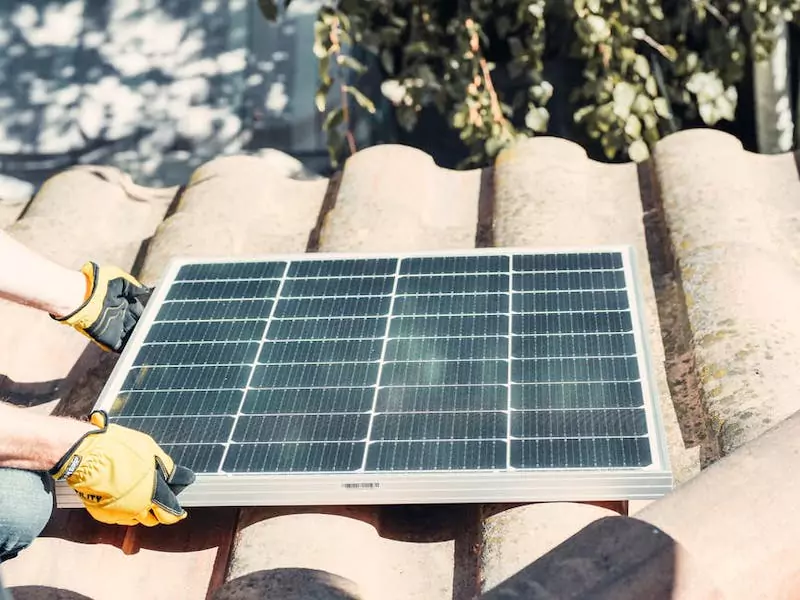A Beginner’s Guide to Installing Solar Power Generators

Do you know that one of the best things you can do to preserve the environment is to go solar? Though a lot of people have heard of solar power, many aren’t aware of how beneficial it is. Not only is it better for the environment, but you’re also using a renewable energy source. Solar power generators can improve the quality of your life significantly.
Are you thinking of installing a solar generator? If you are, you’re going to want to keep reading our guide. In this guide, we’ll let you know everything you need to know to get solar installed.
Assessing Solar Power Generator Needs
Determine the energy requirements for your home or business. A solar power generator can produce a wide range of energy outputs, and the needs of each system will vary.
Consider the size and type of equipment that will be powered by the generator. How much energy will be required? How long will this energy need to be sustained?
Consider your total energy consumption and how much energy you want to be able to produce. Get a proper assessment of any load requirements and wiring. This will help make sure the system will be able to handle the energy output your system needs.
Choosing the Right Solar Power Generator
Understand the different types of generators and what they can do for you. Grid-tied solar power generators can provide power to the main grid. At the same time, battery-backed generators are used to store power for later use.
Hybrid systems combine battery storage capabilities with grid-tied power. At the same time, off-grid systems are completely independent and don’t require a connection to the main grid. Once you have a better understanding of the different types, you can start to assess what type will be best for your property.
Preparing the Installation Site and Components
Proper measurements must be taken to ensure the system produces the maximum amount of power. Start by determining the location that receives direct sunlight. Next, you’ll need to inspect and identify the type of mounting or support equipment needed.
The positioning of commercial and residential solar panels and racks should take into account direct sunlight, shade, weather, and geographical orientation. Next, panel position and tilt should be determined. Inverters, cables, and wiring must be calculated and routed according to national and local standards.
Finishing the Installation and Schedule Maintenance
Test the system and adjust the angle of the panel so that it takes full advantage of the sun. The electrical components should also be checked, with particular attention to the charge controller and inverter, to make sure that they are properly connected.
Regularly monitor the system for proper functioning. Ensure that the solar panel is clean and free of debris, which can block sunlight and reduce generated power levels. The battery bank should be regularly tested so that the system is always running optimally and battery packs are cycled and cared for properly.
For a proper installation, you can consult professional solar power installation services. This can help you make sure that you’ll have the proper permits, personnel, and equipment for a safe, effective, and clean installation.
Time to Have Your Solar Power Generators Installed
To wrap it up, installing solar power generators is a great way to save money while helping the planet. With a good understanding of the material, you’ll be able to boost your energy independence and enjoy clean energy.
Take action now and start the journey to solar power success!
Did you enjoy this article? Then why not browse through some of our other amazing content?

